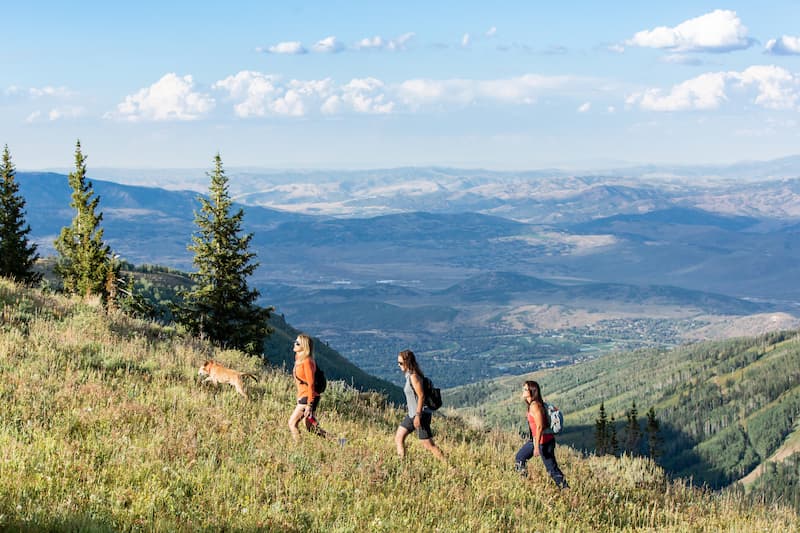February 2022 – The Global Sustainable Tourism Council (GSTC) conducted a Destination Assessment of Summit County, Utah, from July to December 2021. The Destination Assessment was led by Dr. Kelly Bricker, GSTC Vice-Chair, working closely with the Park City Chamber of Commerce | Convention & Visitors Bureau (PCCVB) and stakeholders throughout the County.
Summit County Tourism Overview

Today, Summit County has entered a new era of growth, particularly since it hosted the 2002 Winter Olympics. In 2019, visitors directly spent an estimated $1.08 billion in Summit County, a 4.0% increase from 2018. The top three spending categories were lodging, food services, and recreation. Statewide, Summit County visitor spending made up 12.6% of total spending, and ranked 2nd in County Transient Room Tax Revenue, generating 11.4 million dollars (Salt Lake County ranked 1st at 21.1 million). Visitor spending directly supported 12,327 travel and tourism jobs in Summit County, a 3.2% increase from 2018. An estimated 95% of commercial tourism in Summit County occurs in Park City.
GSTC Destination Assessment of Summit County
The GSTC Destination Criteria covers four pillars of destination sustainability: destination policy and planning, community involvement and benefits, management of cultural assets, and management of environmental and natural resources. Dr. Kelly Bricker (the “GSTC Assessor”) conducted the evaluation of Summit County from July through December 2021. The PCCVB (on behalf of Summit County) coordinated logistics, with guidance from Dr. Bricker.
To evaluate the County’s performance against the GSTC Destination Criteria V2.0, the GSTC reviewed legal and policy documents governing the County’s management and held one-on-one conversations and group interviews with 25 key stakeholders and representatives from the local government, private sector, NGOs, academia, and residential community. It also conducted a desktop review of over 300 documents. The PCCVB identified stakeholders, arranged stakeholder meetings and site visits, and collected policy documents in the areas covered by the GSTC Criteria. Jennifer Wesselhoff, President/CEO of the PCCVB, served as the Destination Liaison throughout this assessment.
“Park City is energized by the GSTC destination assessment,” shares Jennifer Wesselhoff, President & CEO of the Park City Chamber of Commerce | Convention & Visitors Bureau. “Our organization is using these insights to develop Utah’s first Sustainable Tourism Plan. The assessment will help us prioritize projects and resources that celebrate our accomplishments, fill gaps within our community and move us closer to our ultimate goal of certification. Park City will be the destination leader to watch as we strive to balance quality of life for our residents, maintain a thriving economy and protect our environment.”
Results and Key Takeaways

The findings from the GSTC Destination Assessment can inform future initiatives, and the strategic destination stewardship plan to ensure sustainable management of Summit County tourism. The GSTC applauds the PCCVB for their leadership in moving sustainable tourism forward in Utah.
The GSTC encourages Summit County to continue monitoring its progress, adopting the GSTC Criteria, and utilizing these assessment findings as a baseline on their sustainability journey. The assessment results identified areas in which Summit County is doing very well, as well as areas in need of improvement. To date, there has been much progress and recognition for the development of a Destination Stewardship Council or similar entity. This effort is being led by the PCCVB. The PCCVB has also retained the Coraggio Group to assist in the development of a sustainable tourism plan.
“We at GSTC commend Summit County for taking a systematic and holistic approach with a commitment to continuous improvement by using the GSTC Criteria and based on the good work already underway,” says GSTC CEO Randy Durband. “I got to know Summit County up close and personal in the 1980s and ‘90s and have a love and appreciation of the people and place, and pleased but not surprised with these developments.”
Resources
More information about GSTC Destination Assessment is available here.
GSTC Destination Assessment – Summit County 2022 Final Report





